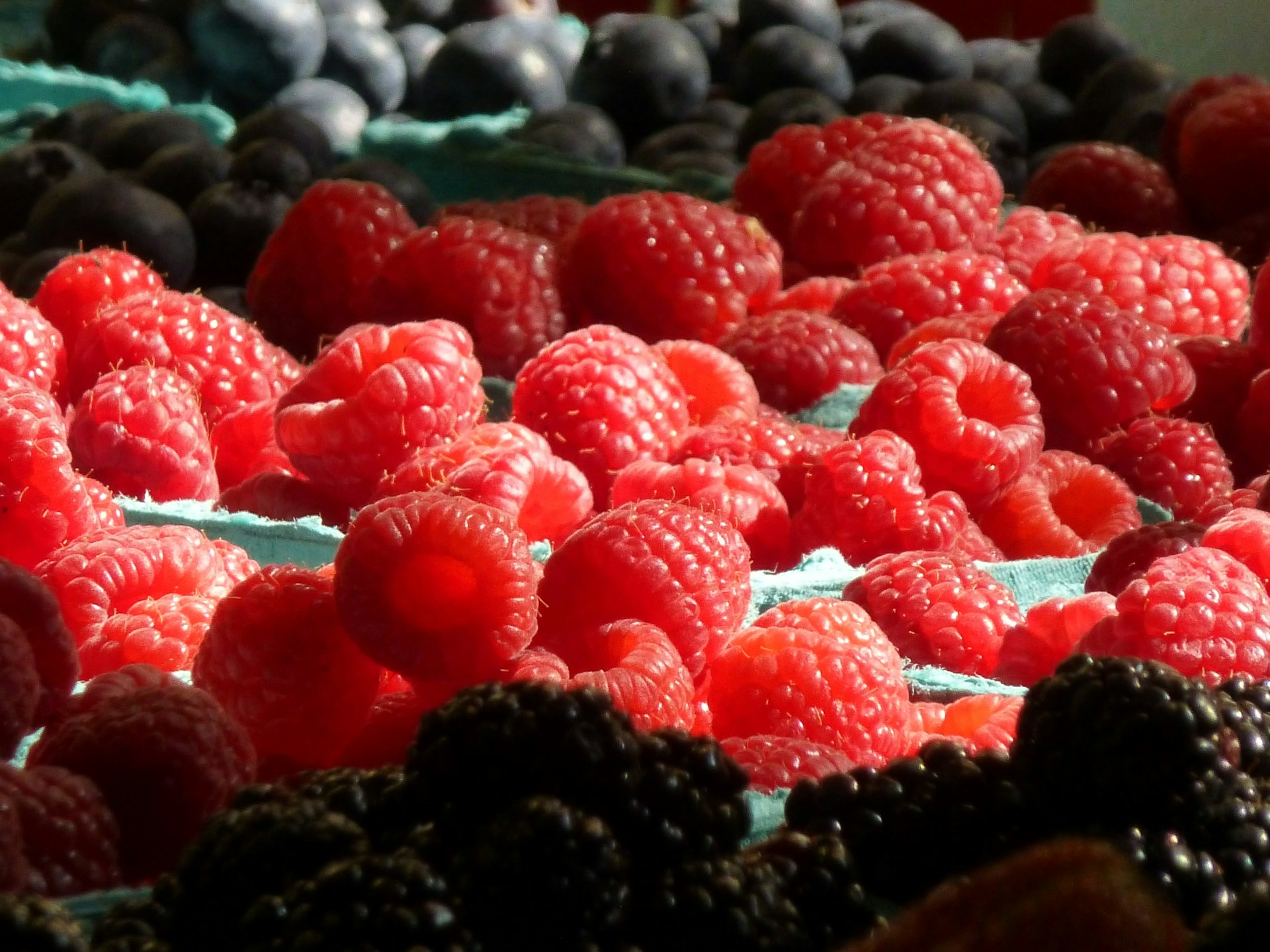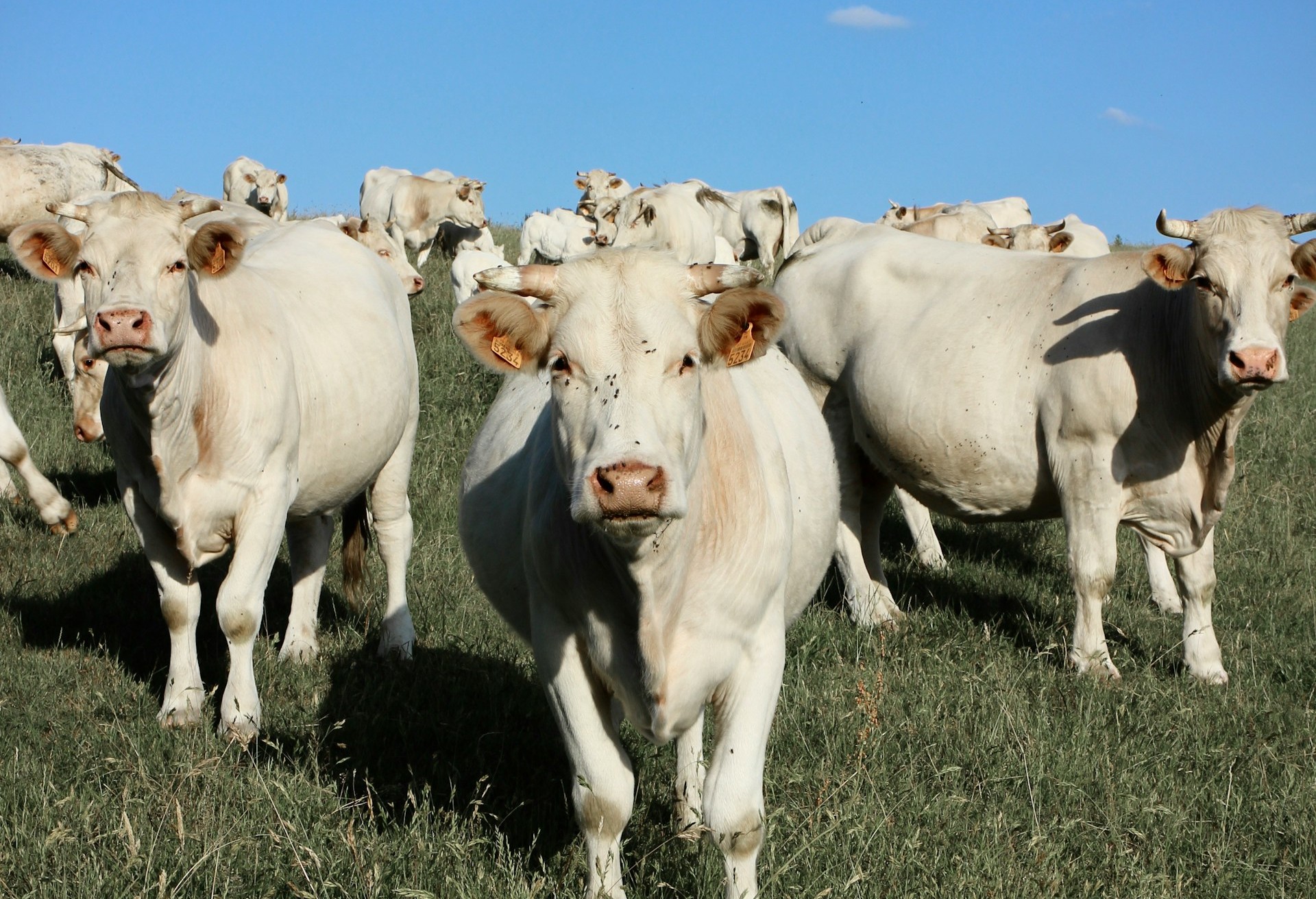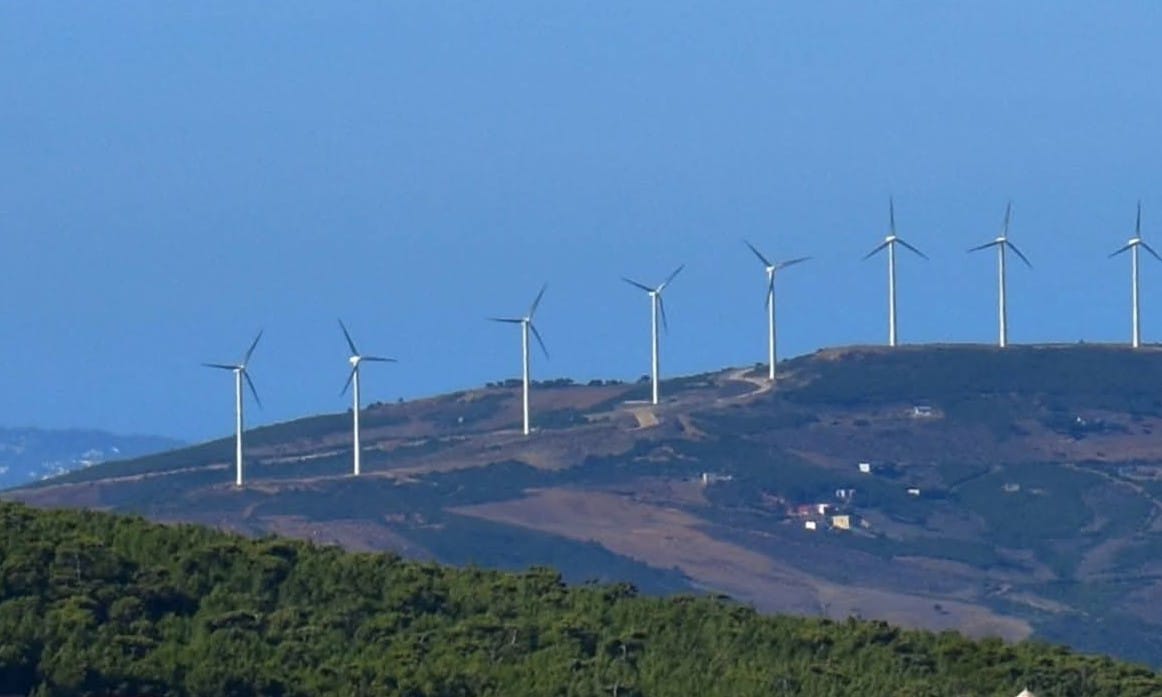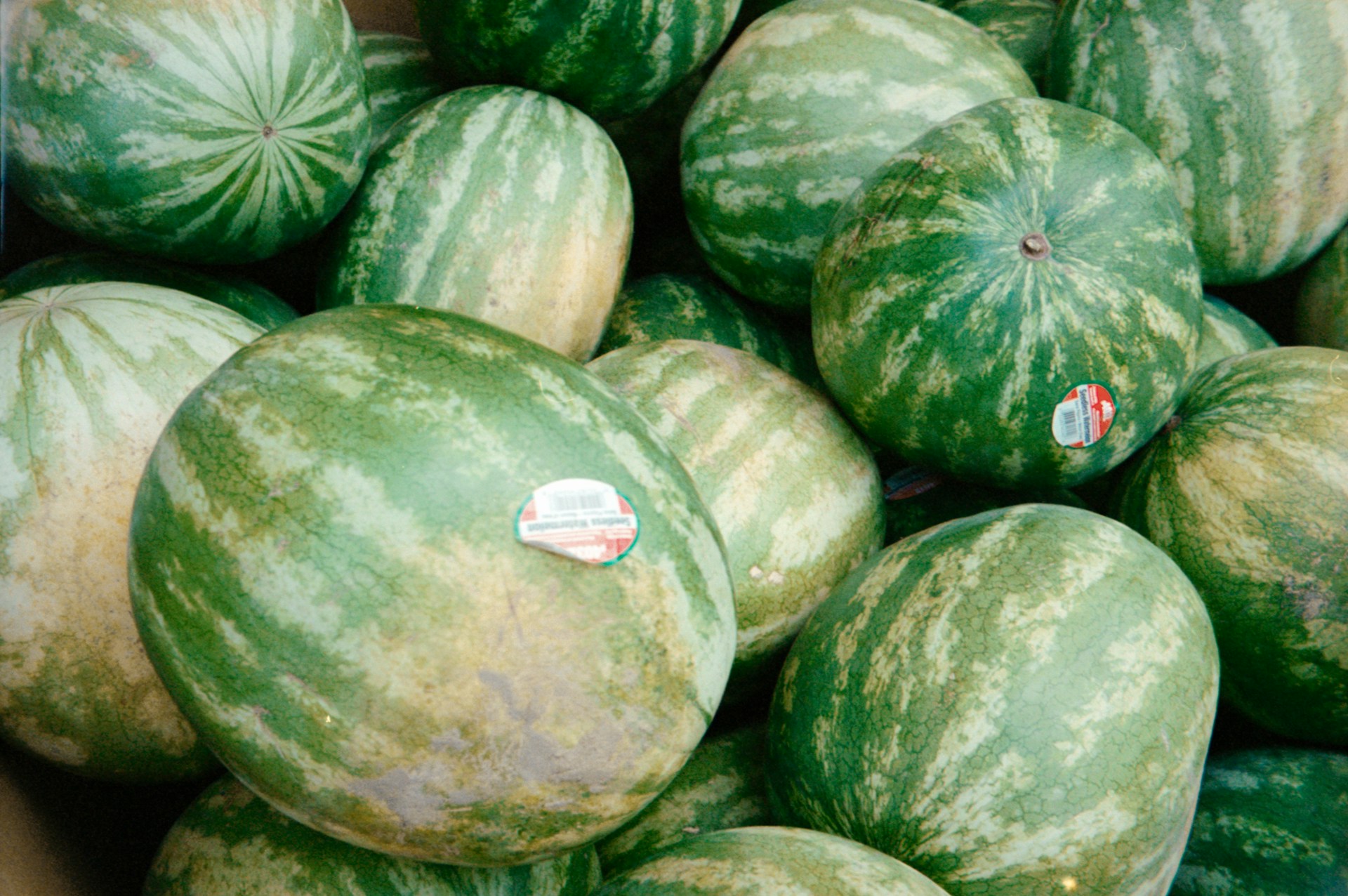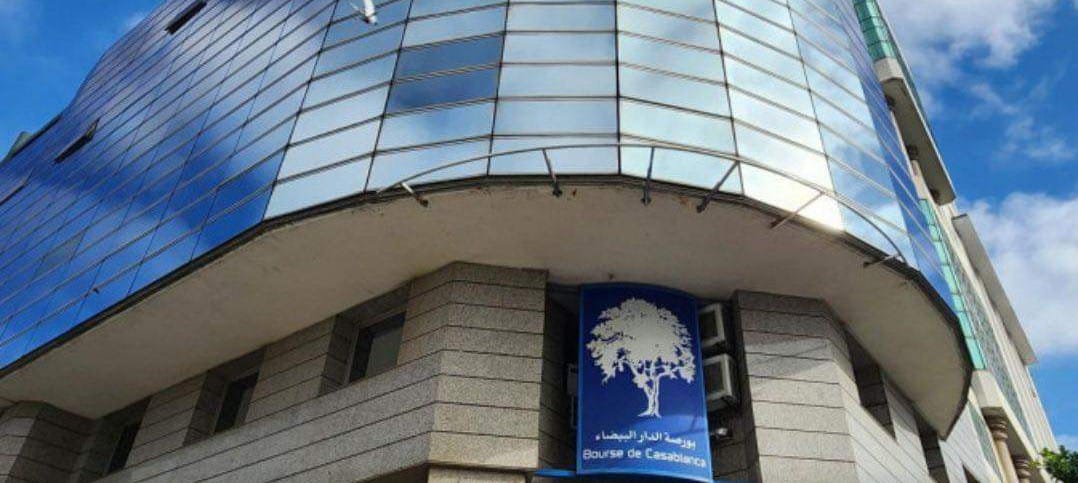Casablanca – As the red watermelon consumption season unfolds in Moroccan markets, professionals have noted a significant surge in prices, reaching record levels across the country. Currently, watermelon prices range from 5 to 20 dirhams (approximately $0.51 to $2.06) per kilogram, with larger 10-kilogram units fetching prices between 70 and 200 dirhams (approximately $7.21 to $20.61).
This price spike is attributed to regulatory measures enforced by local authorities, particularly in the Tata region, aimed at efficient water resource management. Consequently, production during this period is limited to specific zones such as Taroudant, Chichaoua, and Zagora. However, these areas are struggling to meet the anticipated demand from both domestic consumers and foreign markets during the upcoming summer months of 2024.
There is growing concern among watermelon farmers that the fruit may become unaffordable for many Moroccans this summer due to limited market supply, leading to predictions of continued scarcity and further price pressures in the months ahead.
Experts anticipate further price hikes driven by escalating local demand and increased exports abroad as the season progresses. The price surge witnessed in Moroccan markets is primarily linked to regulatory measures and bans, notably in Tata, which have constrained production. Currently, watermelon production is concentrated in three key regions—Zagora, Taroudant, and Chichaoua—yet none of these regions can fully meet market demands.
Farmers are increasingly apprehensive about soaring prices, which could potentially reach 10 or 20 dirhams per kilogram (approximately $1.03 to $2.06), translating to a substantial cost of up to 200 dirhams (approximately $20.61) for a ten-kilogram watermelon.
The persisting high prices have prompted calls to reconsider agricultural bans in Tata to ensure more reasonable prices for Moroccan consumers. The global water crisis underscores the importance of adopting comprehensive measures to address water-intensive farming practices across all sectors, rather than focusing solely on specific crops.
The watermelon production in Morocco faces dual challenges of supply constraints and rising consumer demand, both domestically and internationally. Efforts to manage water resources more sustainably must consider the impact of regulatory measures on market dynamics.
In response to these challenges, stakeholders advocate for holistic solutions that balance agricultural sustainability with consumer affordability. This includes exploring innovative farming techniques and optimizing water usage to mitigate the adverse effects of water scarcity on watermelon production.
Despite significant hurdles posed by current market conditions, the watermelon sector remains resilient, with farmers and authorities collaborating to navigate challenges and ensure the availability of this beloved summer fruit to Moroccan households.
